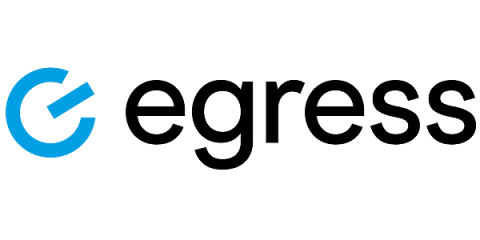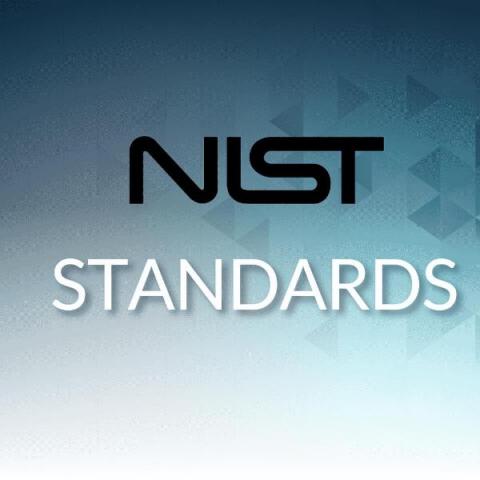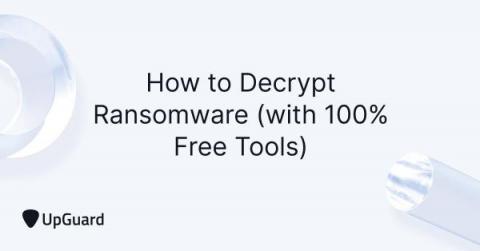Best practices for implementing the 5 most challenging technologies in cybersecurity
Technology plays a fundamental role in the transformation process that companies have embraced in recent years. However, tech decision-makers have some reservations about adopting the latest technologies to avoid putting corporate security at risk. These are the findings of the Pulse survey of 150 technology leaders, in which 65% say they will avoid implementing AI, Hybrid Cloud, Edge Computing, 5G and Container Security because of the complexity required to implement them securely.










